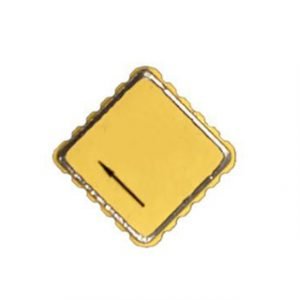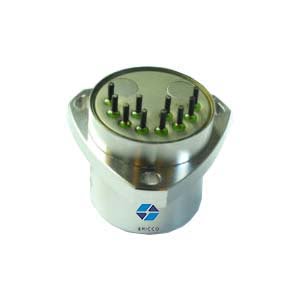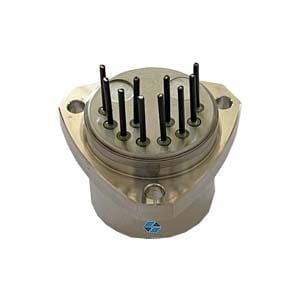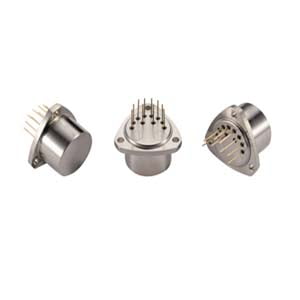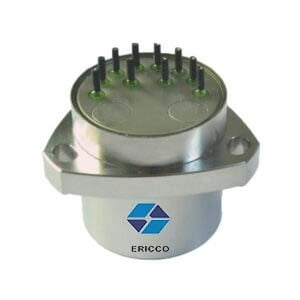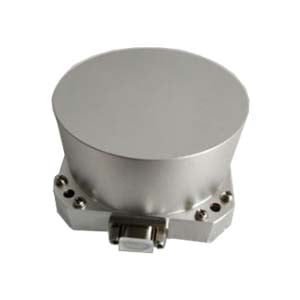Quartz flexure accelerometers play an important role in the fields of aerospace, aviation, and maritime technology as inertial navigation and remote control telemetry instruments. They are also widely used in civilian areas such as oil drilling, tunneling, seismic measurements, and precision instrument motion measurements. The intrinsic quality and processing precision of quartz pendulum directly affect the performance of the accelerometer, thus affecting the accuracy and reliability of inertial navigation. This paper mainly introduces a new processing technology route for quartz flexure accelerometer pendulums.
1.Introduction
The quartz pendulum is the core component of a quartz pendulum accelerometer, and its precision machining capability is crucial to ensuring the stability and improvement of the accelerometer's accuracy. Quartz pendulum materials are made of deep ultraviolet optical quartz glass, which has characteristics such as high hardness, high melting point, low linear expansion coefficient, and good chemical stability. It is a typical brittle material with excellent performance but difficult to process. The processing technology of quartz pendulums includes substrate processing, forming cutting, chemical etching, and vacuum coating. The processing dimensional accuracy, form and position accuracy, surface roughness, and coating quality are the main factors affecting the accuracy of quartz pendulum accelerometers.
Related processing experiments have shown that ion beam polishing technology can achieve high-precision shaping of quartz pendulums with small beam diameters, obtaining better flatness of the convex platform and meeting processing requirements of less than 50nm. In addition, in the previous chapter on quartz substrate processing, magnetic rheological polishing technology was introduced into the processing of quartz substrates to address surface defects remaining from traditional cold processing. By utilizing the low-defect characteristics of magnetic rheological polishing, quartz substrate damage was successfully removed without introducing sub-surface defects. Surface scratches were virtually eliminated, and the surface roughness RMS value was reduced to within 1nm.
2.Quartz Flexure Accelerometer Pendulum Processing Technology Route
Based on research on quartz substrate processing, quartz pendulum processing, and small beam diameter ion beam polishing technology, a new processing technology route for high-precision processing of quartz flexure accelerometer pendulums is proposed. The basic idea of the new processing technology route is as follows:
The process flow diagram of the quartz pendulum's new processing technology is shown in Figure 1.
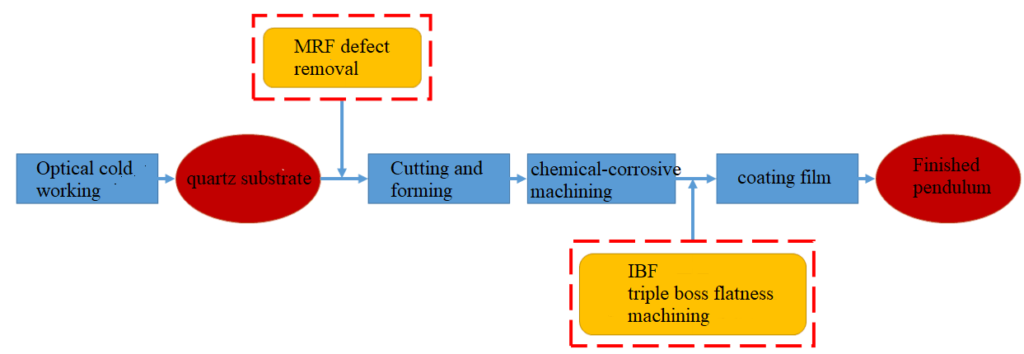
Fig.1 The process flow diagram of the quartz pendulum's new processing technology
(1) The forming processing method of the quartz substrate remains unchanged. After optical cold forming, magnetic rheological polishing technology is introduced to remove surface damage and sub-surface defects of the quartz substrate without introducing new sub-surface defects, improving surface quality, and reducing the increase in surface roughness values caused by the gradual exposure of original sub-surface defects after chemical etching.
(2) After magnetic rheological polishing, the quartz substrate is processed into flexure beams, three convex platforms, and other structures through cutting, etching, and other forming processes to form the quartz pendulum.
(3) After the formation of the quartz pendulum, to reduce clamping deformation due to insufficient flatness of the three convex platforms, small beam diameter ion beam polishing technology is introduced to process the three convex platforms of the quartz pendulum, improving their flatness to within 50nm.
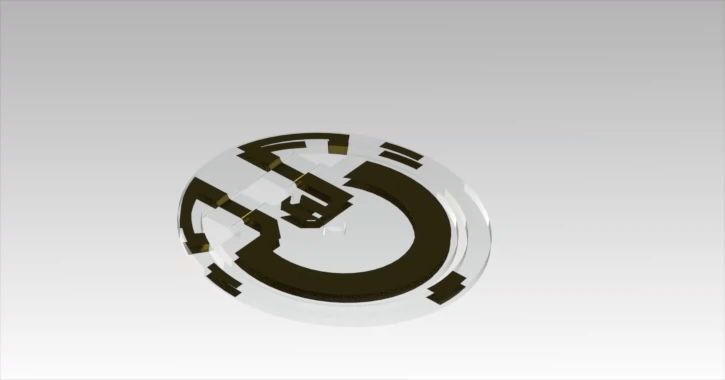
Fig.2 A coated shock-resistant quartz flexure accelerometer pendulum.
3.Conclusion
The new processing technology route of quartz pendulums introduces ion beam polishing technology and magnetic rheological polishing technology during the quartz substrate processing stage to improve the surface shape accuracy of the quartz substrate, remove surface defects and sub-surface defects, and provide favorable conditions for subsequent processing. Before coating the quartz pendulum, small beam diameter ion beam polishing technology is introduced to process the flatness of the three convex platforms.
It is worth noting that the ER-QA-01A quartz flexure accelerometer pendulum adopts the new processing technology route, introducing ultra-precision optical processing technology, improving the overall quality of the quartz pendulum product, and thereby providing assurance for the high precision of the quartz flexure accelerometer. The ER-QA-01A3 series has a bias stability of 10μg, a scale factor repeatability of 10ppm, a weight of 80g, and is widely used in aircraft carrier microgravity measurement systems, inertial navigation systems, and static angle measurement systems.
More Technical Questions
1. A Comprehensive Introduction to Triaxial Accelerometers
2. Quartz Accelerometers Advance Aircraft Performance and Safety
3. Driving Automotive Evolution: MEMS Accelerometers
4. Factors Affecting the Stability of Q-Flex Accelerometers
5. Structure Design of High Precision Quartz Flexible Accelerometer
6. Methods to Maintain the Long-Term Performance of Quartz Flexure Accelerometers


